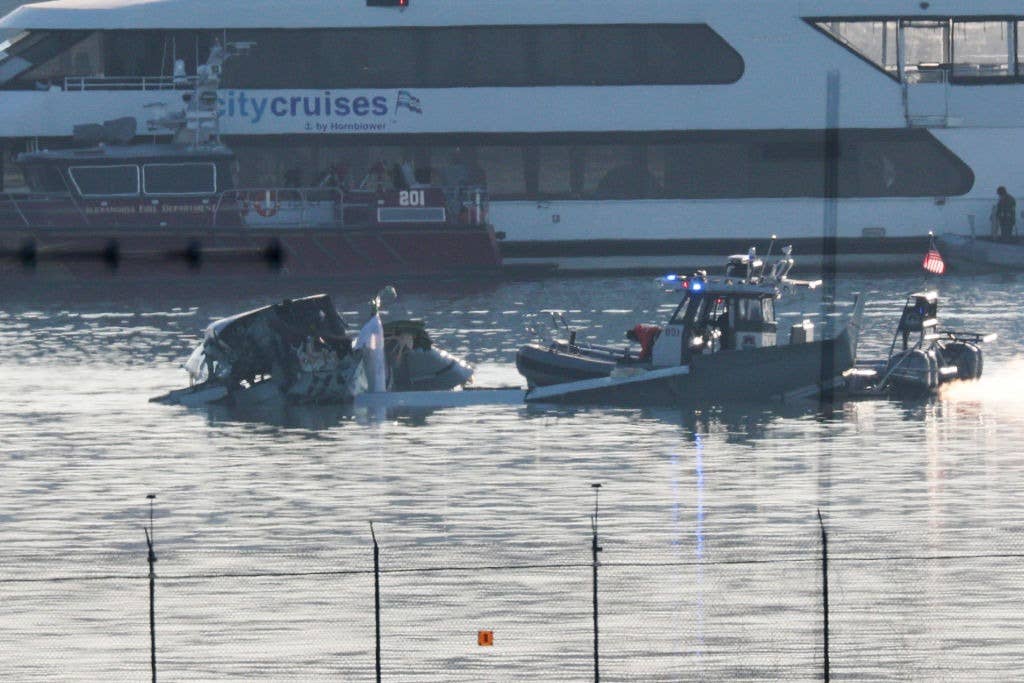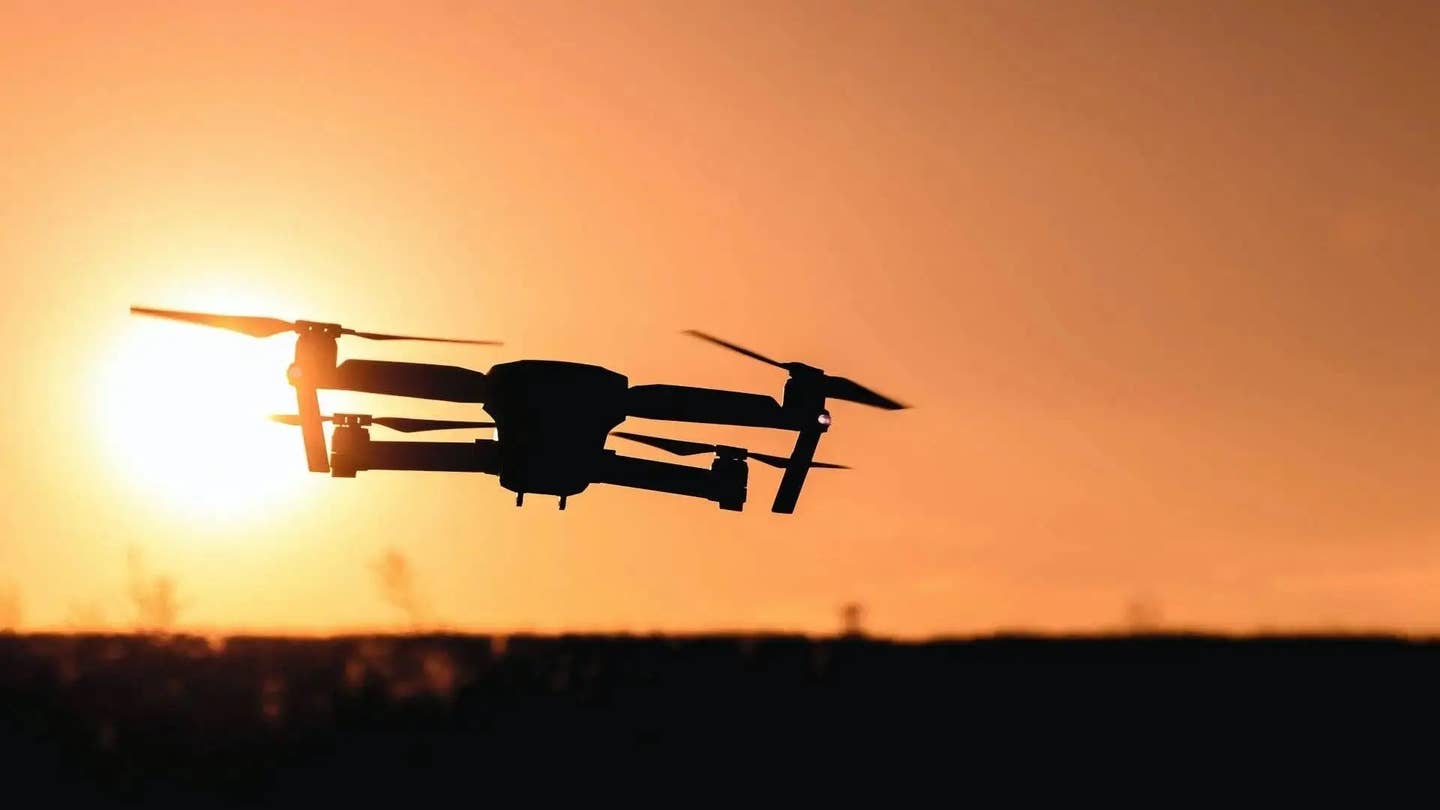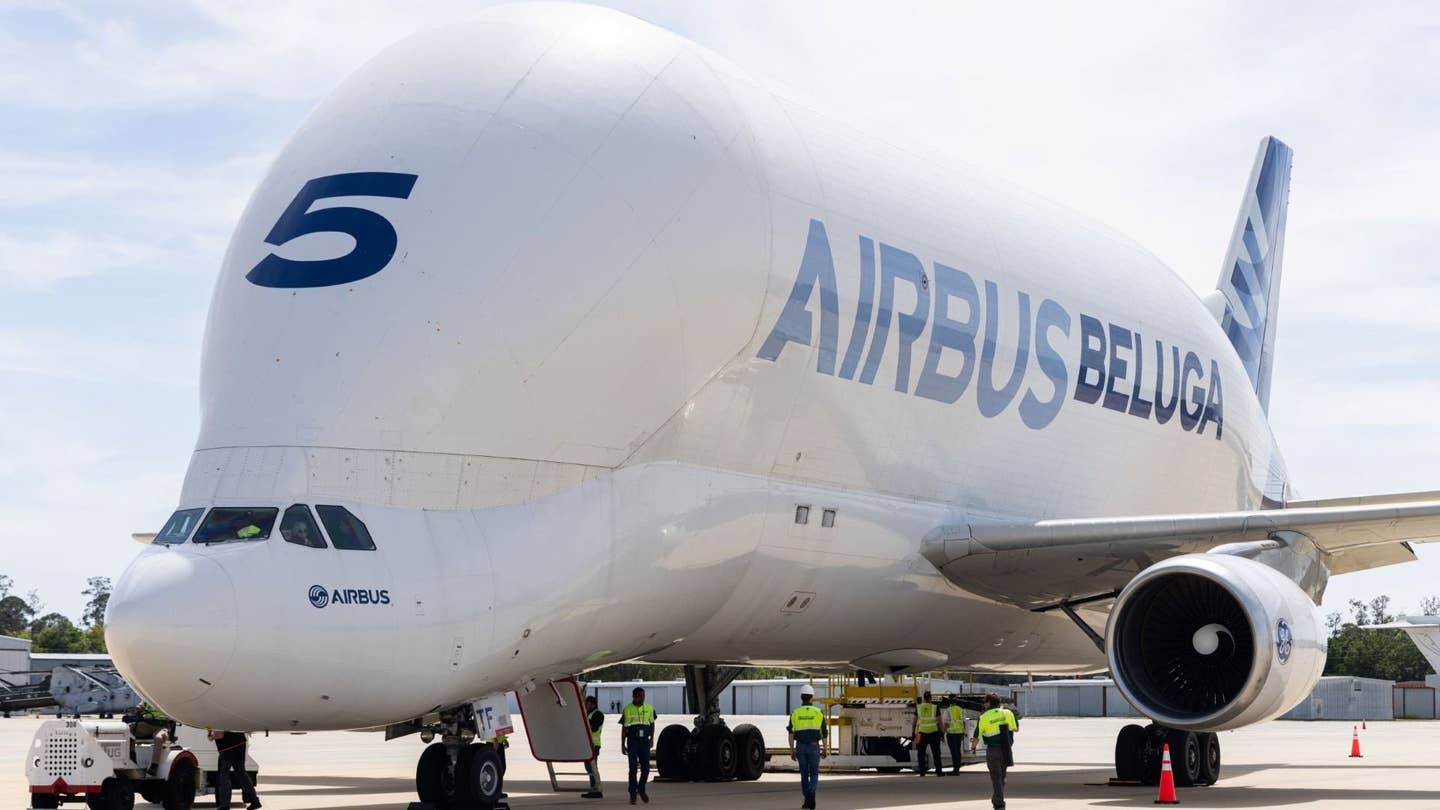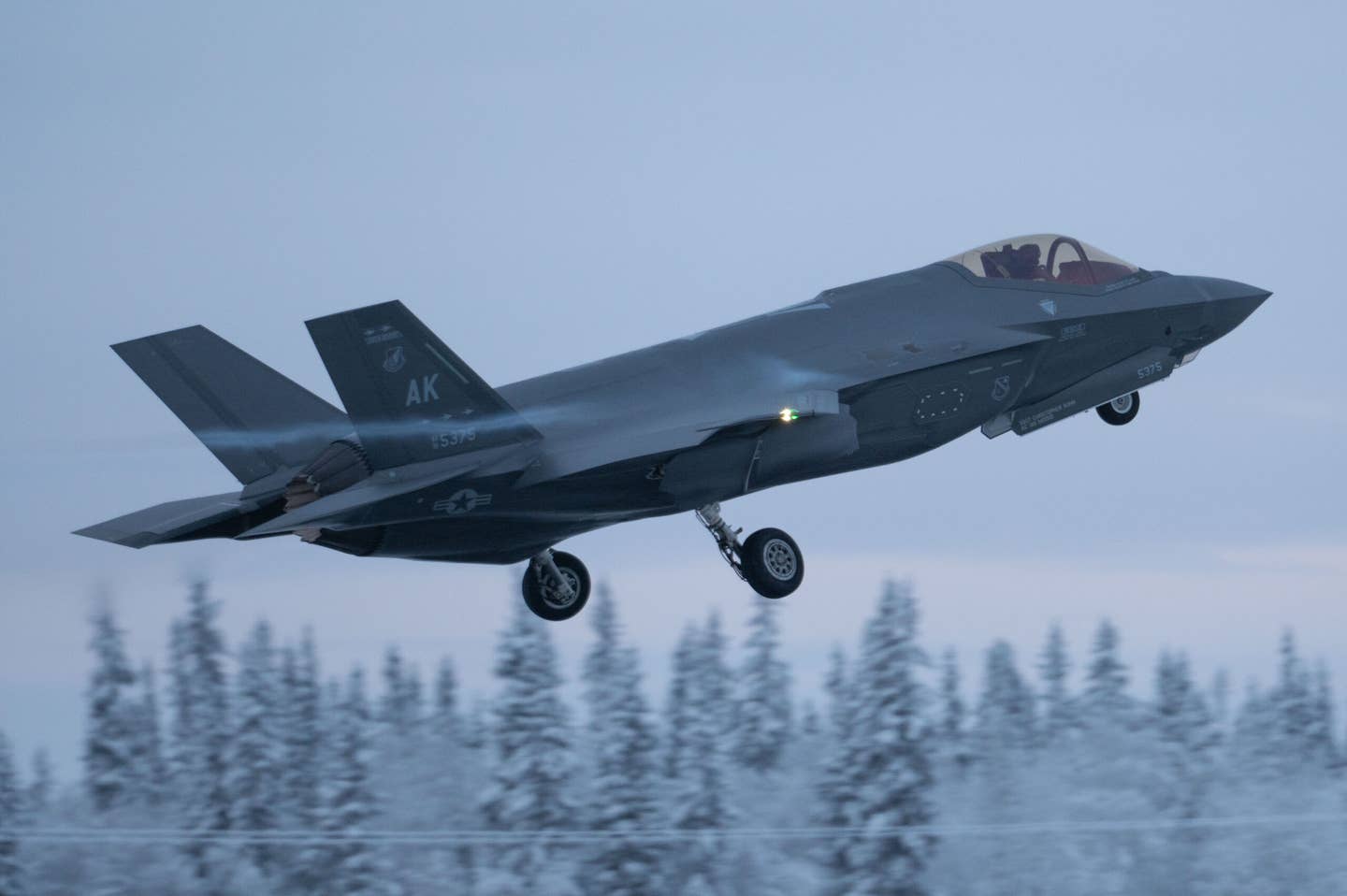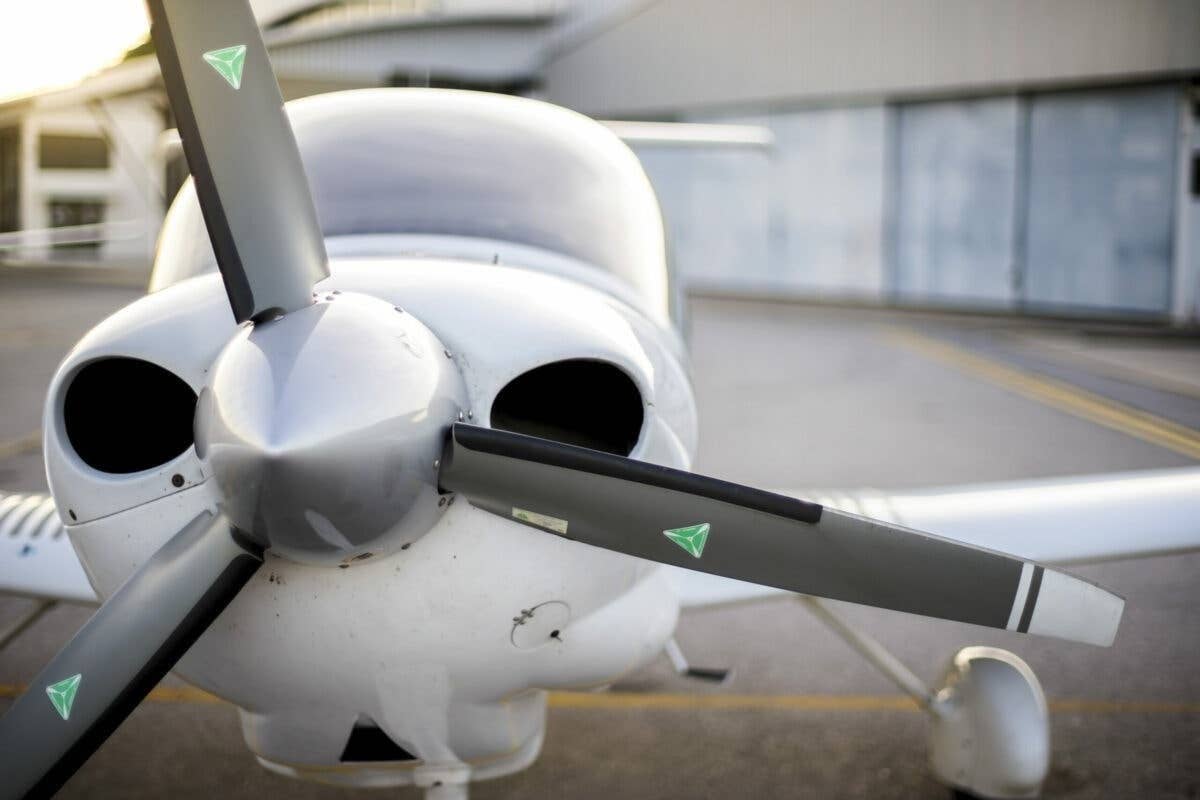
The loss-of-communications system seemed to have functioned improperly during a test flight of a Pulse Vapor 55 like this one. Pulse Aerospace
Drone proponents are quick to point to the safeguard of UAVs’ ability to fly safely back to their owners should the communications link between the two be inadvertently severed. A recent incident in Australia shows even these systems are not foolproof if and when a drone heads out on a solo adventure. Luckily, the region in which this incident occurred was not densely populated.
On September 27, 2016, a Pulse Aerospace Vapor 55 remotely piloted aircraft was operating a test flight at Lighthouse Beach, Ballina, New South Wales, Australia. According to telemetry recorded on the drone’s ground control station, at about 9:10 a.m. local time, the drone lifted off from its start position. About 30 seconds later, when the drone was 36 feet agl, it entered the “manual” flight mode and headed away on its own. The drone was tracked by the pilot’s manual inputs for another seven minutes before the data-link was broken. The drone had climbed to 124 feet agl with no input from the pilot by this point. Thirty seconds later, the drone entered the “home” flight mode and commenced tracking to the programmed home position at an altitude of 154 feet agl, but the unit never arrived.
The pilot was able to catch a glimpse of the Vapor before it was lost out over the water about 500 feet laterally from the start position. The drone did not respond to any flight control inputs, and the pilot eventually lost sight of the aircraft. It is presumed to have crashed into the water but was never recovered. The Pulse Aerospace website lists the gross weight of the Vapor 55 at 30 pounds.

Sign-up for newsletters & special offers!
Get the latest FLYING stories & special offers delivered directly to your inbox

